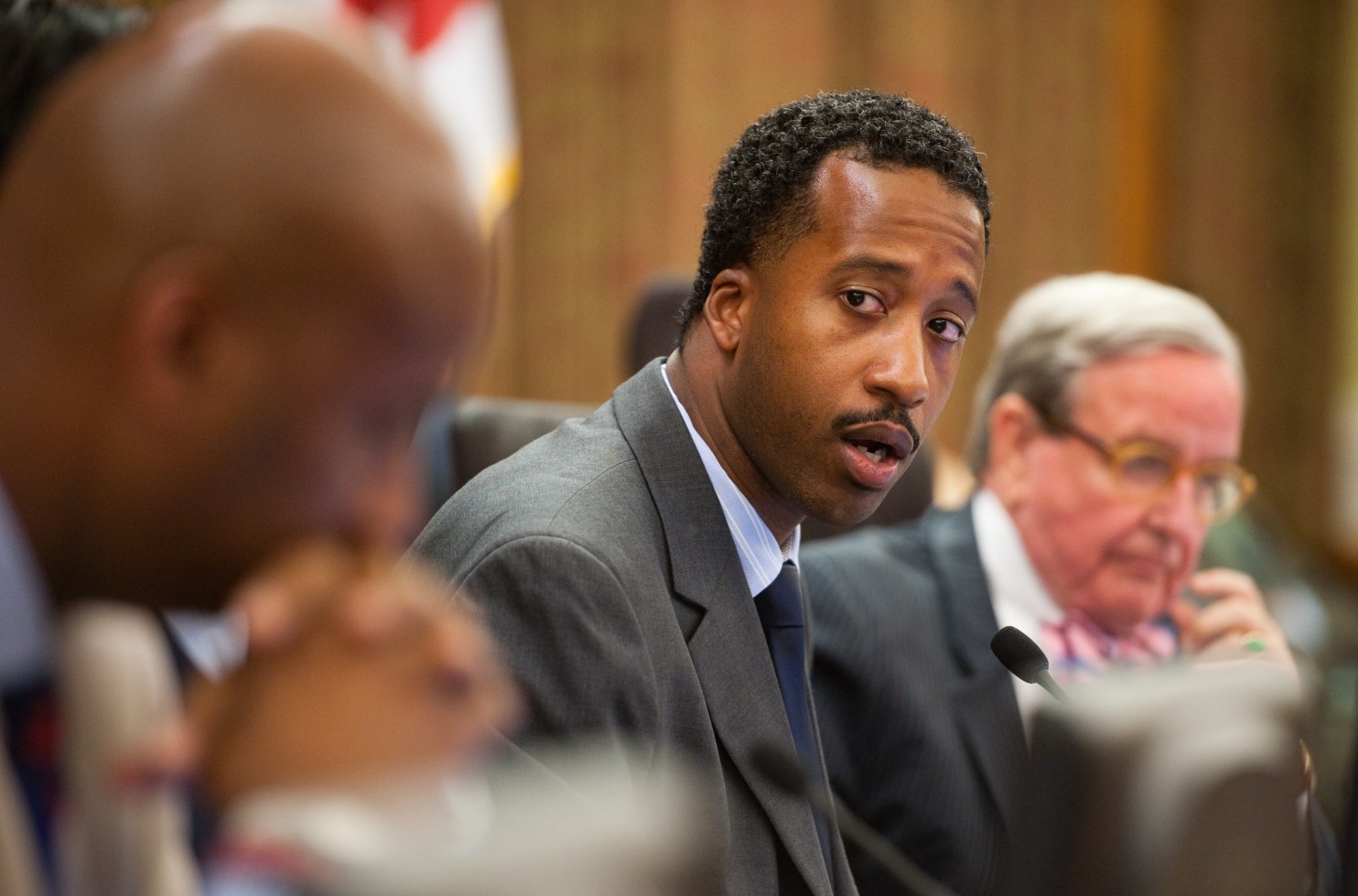

Within the past two weeks, juveniles have been arrested and charged with robbery in three separate incidents; a fourth was charged with second-degree murder while armed.
After I wrote last fall that criminal behavior by D.C. juveniles was a problem, the executive director of DC Lawyers for Youth, a juvenile advocacy group, was quoted in the Washington City Paper contending that young people should not be scapegoated for homicides and violence in our city when, in fact, “youth crime is low.” The article cited a recent report by the group, based on police and D.C. Family Court data, that found juvenile arrests in the District have “hit their lowest level in a decade.”
Well, what once may have gone down is coming back up, and citizens who play by the rules are paying a price.
Last month, I asked the D.C. police about adult and juvenile arrests from 2014 and 2015. On March 10, I received the following email from the executive office of the chief of police: “Adult arrests [between 2014 and 2015] decreased by 13% while juvenile arrests increased slightly by 5%. Overall, total arrests decreased by 12%.”
Then an attention-getter:
“This 5% increase in juvenile arrests was largely driven by a 42% increase in juvenile robbery arrests and a 33% increase in juvenile theft arrests between 2014 and 2015.”
Those numbers confirm the anecdotal information I have been collecting. Robbery and theft aren’t victimless crimes. In the interest of public safety — and in the interest of adolescents who are turning to criminal behavior — public officials should be all over this problem.
They also should be paying attention as stewards of public funds.
It’s not as if the juvenile justice system has been given short shrift. Name it, and D.C. taxpayers have supported it.
Family counseling, tutoring, mentoring, vocational and subsidized work experiences for at-risk youths and youthful offenders? Yep, doing that.
Are structured, comprehensive services and community activities for youths being provided? Doing that, too.
What about diversion programs that steer first-time, nonviolent offenders away from the criminal justice system to alternative corrective programs? That’s being tried as well.
And it can’t be said that the city has been stingy. Oodles of tax dollars have been devoted to troubled young people and juvenile justice.
Since 1999, the District has funneled more than $100 million through the D.C. Children and Youth Investment Trust Corporation (DCYIT) for programs that purportedly provide work and career exposure, education, health and family-related programs.
A Department of Youth Rehabilitation Services (DYRS) and DCYIT collaborative program, DC YouthLink, spends about $6.5 million on youths involved in the juvenile justice system.
This week, Ward 5 Council member Kenyan R. McDuffie (D) introduced legislation to reform the juvenile justice system, giving priority to rehabilitation, improving conditions of confinement and restoring judicial discretion in sentencing. He said he also wants to study the underlying causes of juvenile delinquency, so youths can be reached before making bad choices.
So, why the spikes in youth robberies and thefts?
I put this question to D.C. Attorney General Karl A. Racine, and Kevin Donahue, deputy mayor for public safety and justice.
The attorney general’s office responded by email: “Regrettably, the factors that contribute to particular increases or decreases in crime rates are incredibly complex and notoriously difficult to understand or predict. The rise and fall of crime rates can be attributed to a variety of social and economic forces.” It added, “We are hesitant to speculate on reasons why juvenile robberies in the District, after experiencing a drop in 2014 over the previous year, increased in 2015.”
The office of the attorney general said it has a dedicated juvenile prosecutor who works on robbery cases and who is part of the mayor’s citywide Robbery Intervention Task Force. It is also revamping its data collection and case-management systems and community outreach efforts.
Donahue’s email response: “There’s not a single, isolated reason for the increase, just as there is not a single response to it. There are many reasons. For example, the targeting of smartphones has been a popular trend for some time as a motive for robbery among youth.”
He added, “The increase in youth crime is troubling, but this is not driven by DYRS-involved youth. Last year, DYRS-involved youth were responsible for only 4.3% of arrests for people under the age of 21, which is the maximum age a young person can be committed to the agency.”
Donahue concluded: “The Bowser Administration is committed to working closely with all of our stakeholders and will be deploying multiple strategies to address this concern.” He stressed the need to “provide quality educational programs, greater economic opportunities and recreational services that keep young people out of harm’s way,” adding, “We must also continue to bring closure to victims by investigating and closing cases.” Every good wish.
Steering youths away from the precipice of crime is a great place to start. That begins with family and community, including the faith-based.
- Publish my comments...
- 0 Comments
